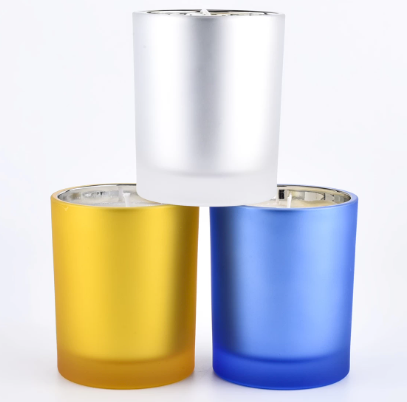
Yes, a clear injection molded plastic can be internally frosted. This effect can be achieved through several techniques during the injection molding process. Here’s how this can be done and the methods involved:
Techniques for Internal Frosting
1. Texturing the Mold Surface
- Method: The mold surface can be textured with a fine pattern that imparts a frosted appearance to the plastic part. This texture can be etched or laser-engraved onto the mold.
- Result: When the molten plastic comes into contact with the textured surface, it replicates the frosted pattern, resulting in an internally frosted appearance once cooled and solidified.
[elementor-template id=”4330″]
2. Using Frosted Plastic Additives
- Method: Additives can be mixed into the plastic resin before the injection molding process. These additives create a frosted look by diffusing light as it passes through the plastic.
- Result: The additives create a consistent frosted appearance throughout the plastic part, giving it an internal frosted look.
3. Chemical Etching and Coating
- Method: After molding, a chemical etching or coating process can be applied to the interior surface of the plastic part to create a frosted effect.
- Result: This approach can be used to achieve precise control over the frosted areas, allowing for specific design patterns or full-surface frosting.
4. Micro-Bead Blasting
- Method: Micro-bead blasting involves blasting the mold or the plastic part with fine glass beads to create a frosted texture.
- Result: This technique can be applied to achieve a uniform frosted finish on the interior surfaces of the plastic part.
Applications and Considerations
Applications
- Aesthetic Enhancement: Internally frosted plastic parts are often used in consumer products like lighting fixtures, cosmetic packaging, and decorative items to enhance their visual appeal.
- Light Diffusion: Frosted plastic is used in applications requiring light diffusion, such as lenses, light covers, and display panels.
[elementor-template id=”4331″]
Considerations
- Material Selection: Not all plastics may respond equally to frosting techniques. Materials like polycarbonate, acrylic, and certain grades of polyethylene and polypropylene are commonly used for frosting.
- Mold Maintenance: Textured molds require regular maintenance to ensure the frosting effect remains consistent and free of defects.
Conclusion
Creating internally frosted clear plastic parts through injection molding involves techniques such as texturing the mold surface, using frosted plastic additives, chemical etching, and micro-bead blasting. Each method has its own advantages and can be chosen based on the desired outcome and specific application requirements.
Related Conten: Prototype Manufacturing
 DTG Mould Trade Process |
|
| Quote: | According to sample, drawing and specific requirement. |
|---|---|
| Discussion | Mold material, cavity number, price, runner, payment, etc. |
| S/C Signature | Approval for all the items. |
| Advance | Pay 50% by T/T |
| Product Design Checking | We check the product design. If some position is not perfect, or can not be done on the mould, we will send customer the report. |
| Mold Processing | Send report to customer once each week |
| Mold Testing | Send trial samples and try-out report to customer for confirmation |
| Mold Modification | According to customer’s feedback. |
| Balance Settlement | 50% by T/T after the customer approved the trial sample and mould quality. |
| Delivery | Delivery by sea or air. The forwarder can be designated by your side. |
 |
|

